Sometimes we feel like a broken record, but we believe that good health starts in utero. That is why we’re dedicating this blog to information on feeding the pregnant mare and her soon to be shiny new foal. It’s our favourite time of year to see all the new little ones hit the ground in the coming months, but long before their arrival we need to be paying special attention to the broodmare to ensure she is in her best health to handle what demands her foal will be putting on her.
Feeding the Broodmare
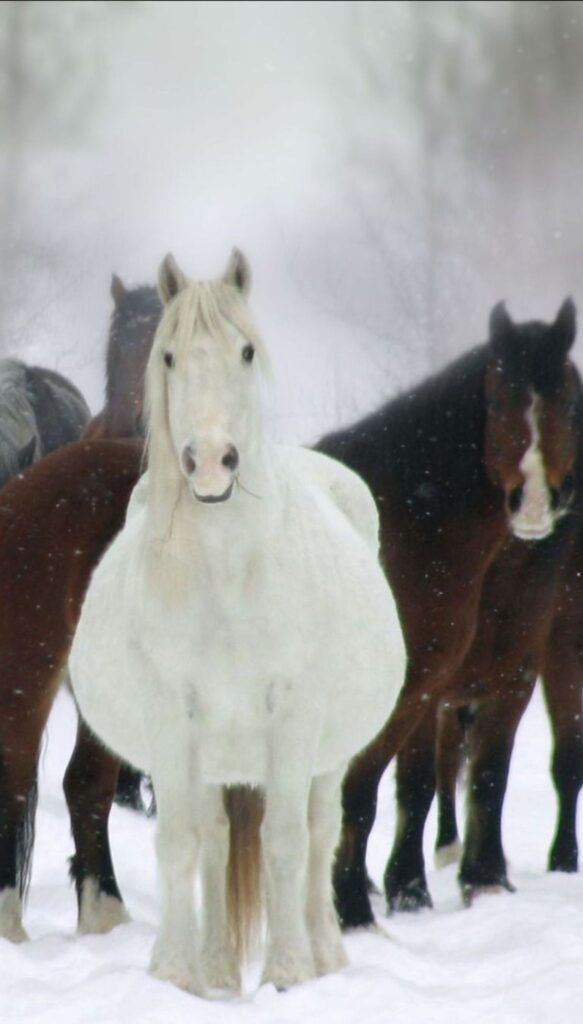
With an 11 month long gestation period, mares can generally be easy keepers early on in their pregnancy. If your mare is already in great body condition during conception, she may be able to continue on her current diet which likely includes forage and vitamin and mineral supplementation for the first half of her pregnancy. If feeding a complete feed at this early stage, we recommend a low starch option to ensure digestive safety.
The last three months of gestation is when the demands placed on the mare change significantly. The foal growth in this period is rapid compared to the previous 2/3 of the time, and so the protein and energy requirements of the mare will increase substantially. This is a critical time to be sure your mare is on a well-rounded complete feed that has all the good protein, nutrients and vitamins to be passed onto the foal to fuel proper development. The addition of organic minerals in all of our Masterfeeds diets helps the mare and foal utilize vital nutrients for growth, development, reproduction and overall health.
Mares can easily lose weight at this late gestation stage as their demands have increased, so keeping a very close eye on the broodmare is important to be sure she and her foal are being properly nourished.
Feeding the Lactating Mare and New Foal
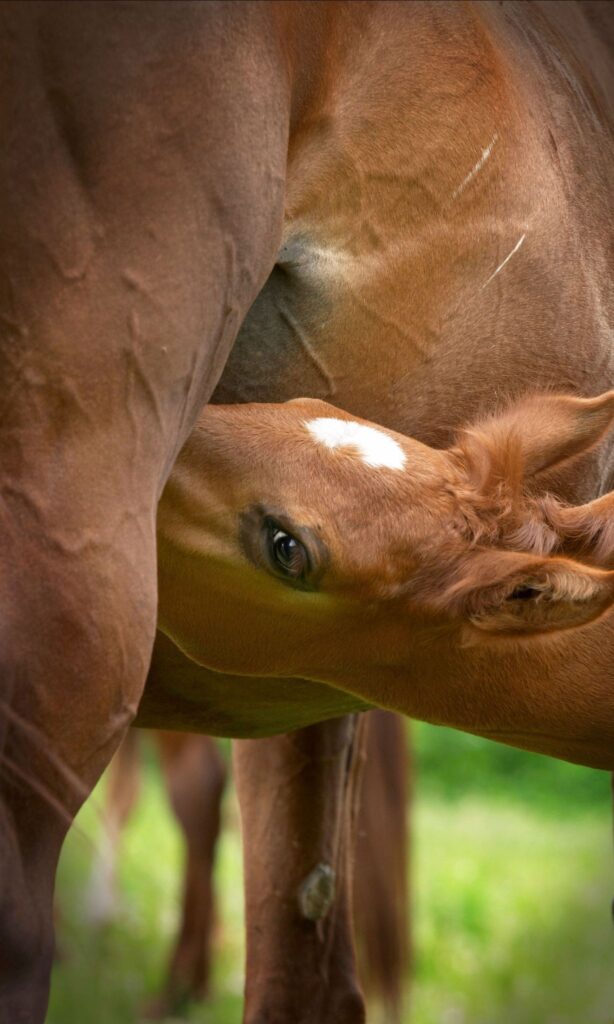
The best part has come and your new foal is here! No doubt you’re in love, but it is a critical time once again as the foal needs to begin nursing within a few hours in order to benefit from the colostrum – the first milk produced by the mother that is packed full with antibodies to protect from illness – or else it is digested as any other protein and the foal will not benefit from it’s immunity benefits. It is always wise to have a supply of frozen colostrum or a colostrum replacer on hand during foaling just in case there is an issue with mare or foal in these very important moments.
Now that the foal is here and nursing, the demands on the mare are still high, if not even higher. The lactating mare needs to produce high quality milk all day long for her foal at the same time as meeting her own energy requirements for survival. The high quality proteins, energy, vitamins and minerals in feeds designed for mom and baby, such as Equine Developer, will not only support the mare while lactating, but pass through her milk to the developing baby to help build strong bones and muscles.
It is also important to keep the lactating mare nourished because it is very likely that she is preparing to be bred again, to start the whole process all over. Good nutrition in the life time of a broodmare means healthy reproductive abilities along with healthy foals.
Feeding the Growing Foal
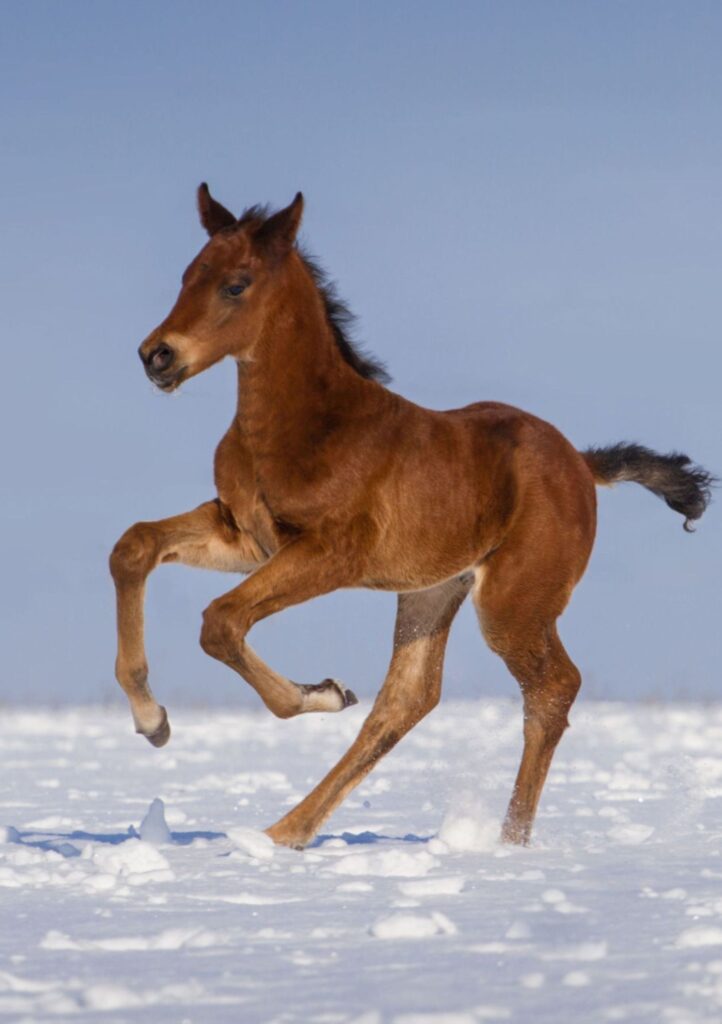
After about six weeks, the foal will begin to show an interest in the mare’s forage and feed. Luckily, if you’ve been feeding a formula made for both mom and baby to the mare through the final stages of gestation into lactation, the foal will have been reaping the benefits of it’s nutrition. This also makes introducing feed, called “creep feeding”, easier as there is not a significant diet change of the foal.
The quality of nutrition in the mare’s milk has been steadily decreasing to this point, so it is important to start creep feeding as it not only makes up for the lack of nutrition now being received by the mare, but can also help reduce the stress associated with the upcoming weaning process. Once the foal is weaned, he can continue to have a diet consisting of Equine Developer up to the age of 2 to encourage steady, even growth and a happy, healthy life.
Not feeding your broodmare Developer? Frisky Foal is also a great feed for the new addition in the first year. Now you can finally sit back, relax, and watch your baby grow. Check out our go-to products for the broodmare and foal below!
For more information or to schedule an on-farm call or hay analysis from one of our reps, visit our website, contact us, or email us directly at: happyhorses@masterfeeds.com
Product Spotlight
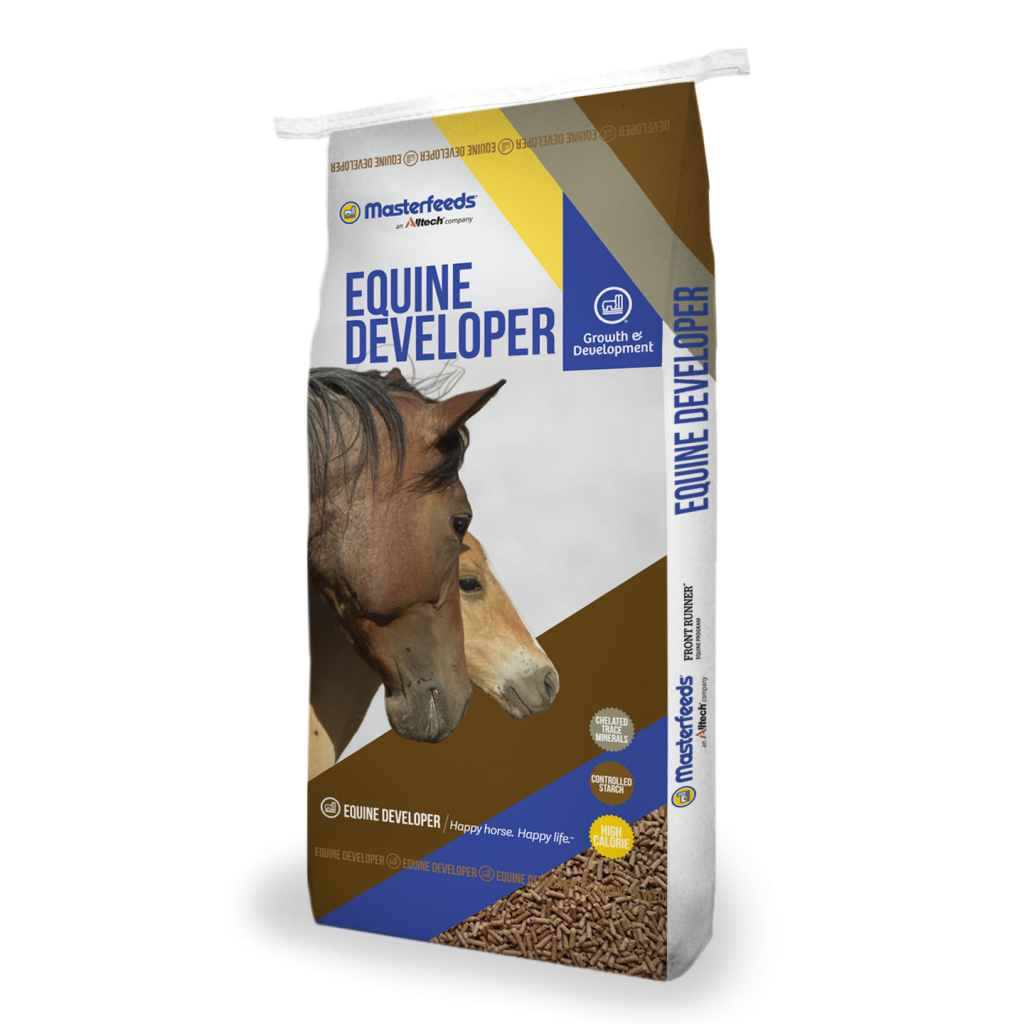
14 % EQUINE DEVELOPER (PELLET) EAST | WEST
FOR YEARLINGS & PREGNANT OR LACTATING MARES
An excellent feed for broodmares, growing yearlings and two year olds. Well balanced protein, amino acids and premium mineral vitamin fortification, encourages balanced growth and helps reduce incidence of developmental problems. The controlled starch content provides a safer choice for the mare, reducing risk for digestive upsets.
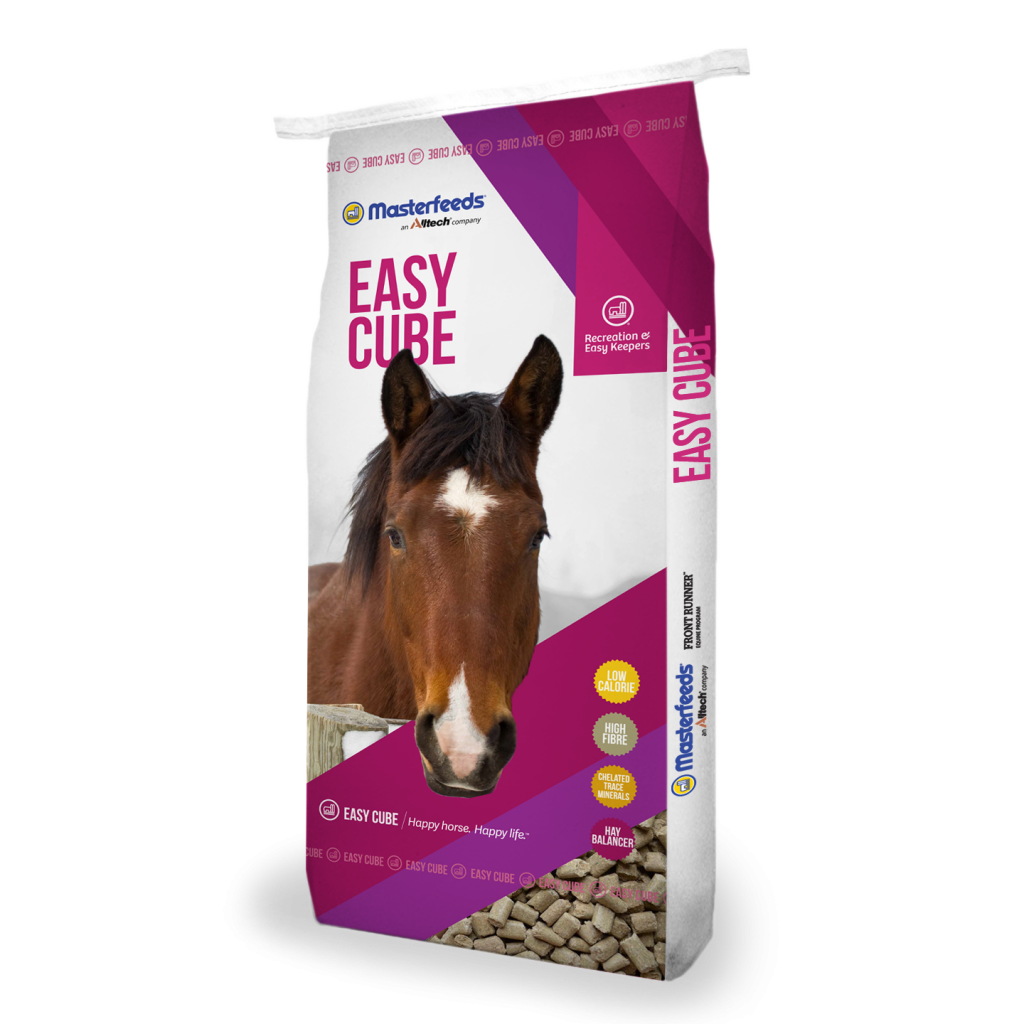
EASY CUBE (CUBE) EAST
FOR ALL CLASSES OF HORSES WHEN EXTRA NUTRIENTS ARE REQUIRED
Referred to as our hay balancer, this is a 12% protein, mineral and vitamin supplement that can be used as a stand alone feed for easy keepers. It’s designed to be fed with hay for horses who need little to no grain to maintain weight. It’s also a great choice for pregnant mares on good pasture, or as a vitamin mineral topdress in addition to other feeds.
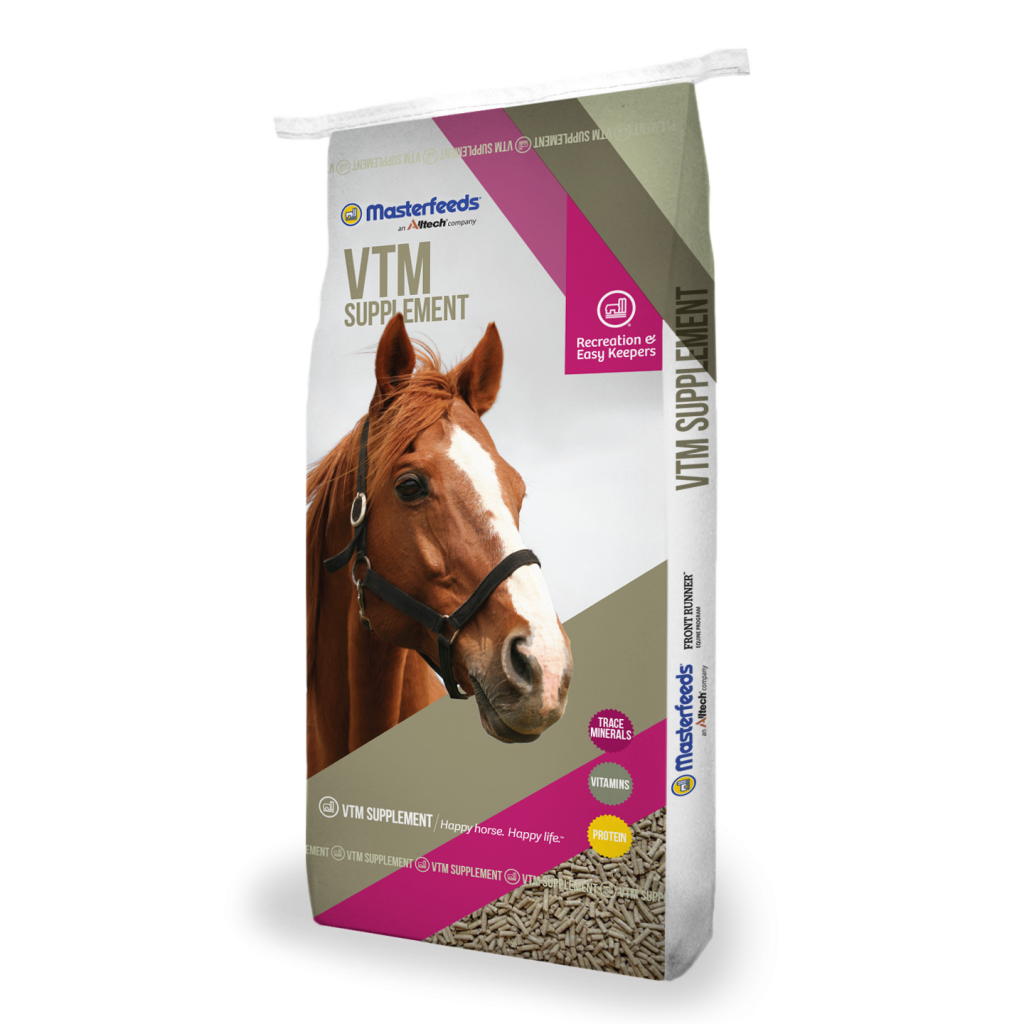
VITAMIN/MINERAL SUPPLEMENT (PELLET) EAST | WEST
FOR ALL CLASSES OF HORSES WHEN EXTRA NUTRIENTS ARE REQUIRED
A trace mineral and vitamin supplement with high protein. It can be mixed with grains to make your own ration or top dressed on complete feeds to add additional minerals, vitamins and protein. Very palatable and versatile, it’s a great choice for all classes of horses when extra nutrients are required without the extra fat content.
Related Posts
- Winter Nutrition Tips
- Breaking Down Nutrition
- Spring Nutrition Tips
- Feeding for Performance
- All About Hay
- Feeding the Senior Horse
- Fall Nutrition Tips
- Feeding Supplements
- Economical Horse Management & Feeding Tips
- The Beginner’s Guide to the Equine Digestive System
- Macronutrients: The “Big Three” of the Equine Diet
- Feeding the Racehorse
- Feeding the OTTB
- Feeding the Active Senior
